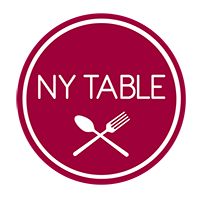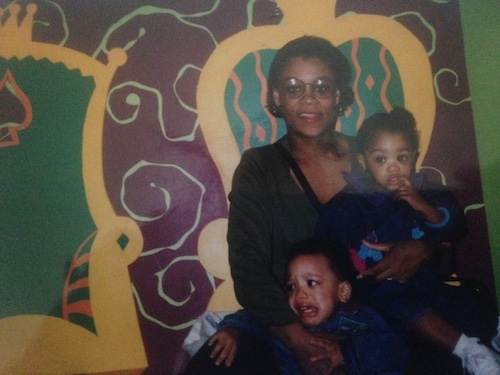The happiness of Haitian bread
The first time I tasted pain-jambon I was hooked. The slab of thin ham, salted and freshly-baked in a warm loaf of Haitian bread, still makes my mouth water to this day. Pain-Jambon, or bread and ham, is a pastry sold in Haitian bakeries. When I was a little girl, my mother would take my twin brother, Khalif, and me to random Haitian bakeries in Brooklyn. It didn’t matter which one we went to. They were all just that good.
I will never forget one Saturday afternoon, the sun beaming down on us. We had just finished our swimming lesson at the nearby recreation center, and we were exhausted. My mother craved Haitian patties, with grinded meat or fish fillings baked in a flaky bread crust, and so she dragged us to the bakery. Willingly we we went along with her. This was an opportunity we never passed up.
Visits to the bakery were a treat for us. Overwhelmed, we would beam in delight at the pastries and Haitian drinks we could choose from. My mother would stock up on Haitian patties with different fillings in them, like beef, codfish, or herring. Khalif would usually opt for something sweet and sugary, like langue-boeuf, a flaky, sugary, flat pastry that melted instantly in your mouth. Not me. Eager to get my fill, I would request a number of treats, but pain-jambon, has always been my favorite, by far. We would wash down our snacks with a cold bottle of Akasan, a sweet corn-flour and milk drink that tasted similar to a vanilla milkshake. Khalif would drink his immediately, but I would savor it, careful to enjoy every single bite and sip.
Though pain-jambon is as simple as its French-to-English translation of bread-ham, for some reason I could not get enough of it.
Perhaps my obsession was fueled by my grandmother’s weekly delivery of warm Haitian bread. She would order the bread from nearby Haitian bakeries. Every Friday, a family friend would drop off a large paper bag filled with the loaves, and we grandchildren would eat it greedily. I remember Grandma cutting the bread in half, basting it with butter and frying it lightly in a skillet, her version of toast. Other times she would rip the bread loaves into halves and dip them into Haitian-style hot chocolate, milk, or tea.
When I was visiting we would sit by the table and watch television, our tea cups and warm bread in hand. We would chat, in our usual way, her lecturing about God and me half-listening, but enjoying her company nonetheless. Later on, I would sit with her and watch the daily soaps and talk shows, she couldn’t really understand and I shouldn’t have been watching. This was our ritual. Eat, watch TV, lecture repeat. I would often look forward to our grandma-granddaughter time.
Now, whenever I walk down Nostrand Avenue, where there are dozens of Haitian bakeries, I have made it a habit to pop in and order any pain-jambon I can find. Most of the time the bakeries do not have it, which bewilders me. Always devastated to hear the crushing news, I ask, Why? Why does it seem as though no Haitian bakeries sell pain-jambon anymore? It seems as if its the non-existent dish or a fragment of my imagination. A few days ago my mother and I made a scavenger hunt out of it. We called up a handful of Haitian bakeries and asked them if they sold pain-jambon. No, the first one replied. Undefeated, we kept up our search. The second one said no, but led us to another one that they thought would carry it. And again we called, only to be disappointed.
I always get a chuckle and no real explanation in response, but I refuse to give up on my hunt. Of course, I can’t visit the bakery and leave empty-handed, so I always get something. Codfish patties and bon bon amidon or starch cookies will have to do, but I can’t help but feel like I’m missing out on something. At least the akasan seems to have remained as a staple in the bakeries and is something I can always count on to get my fix.



Your Comments